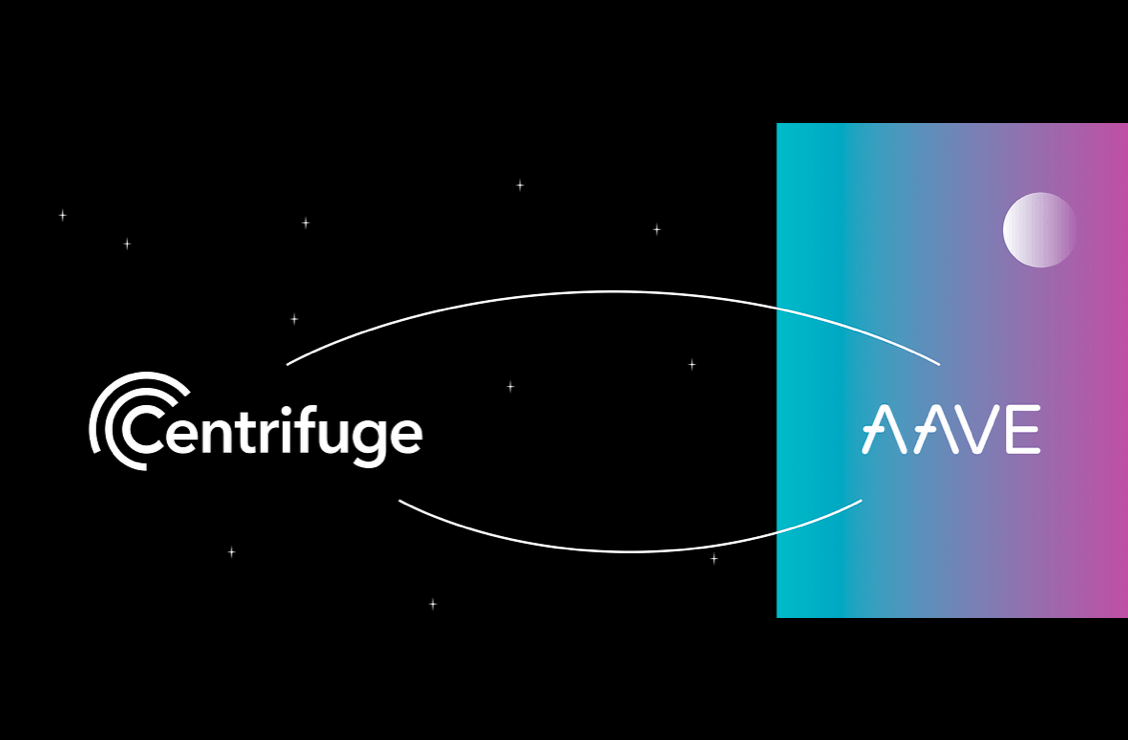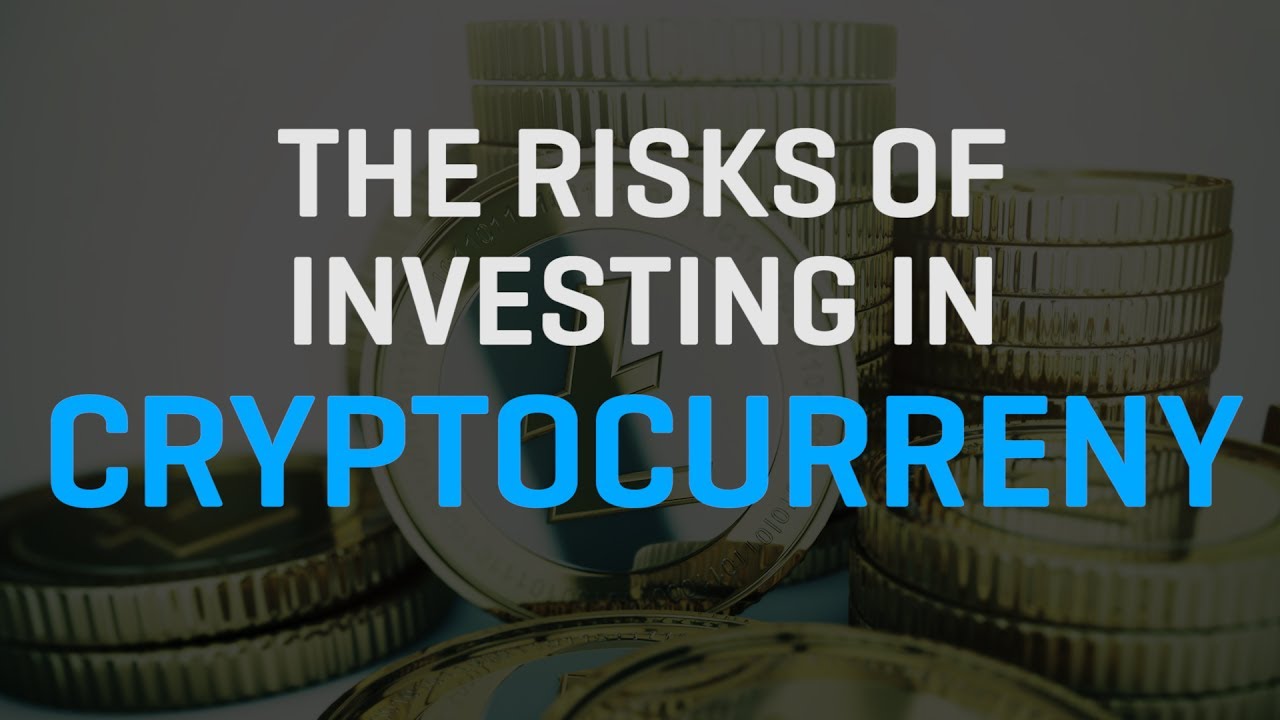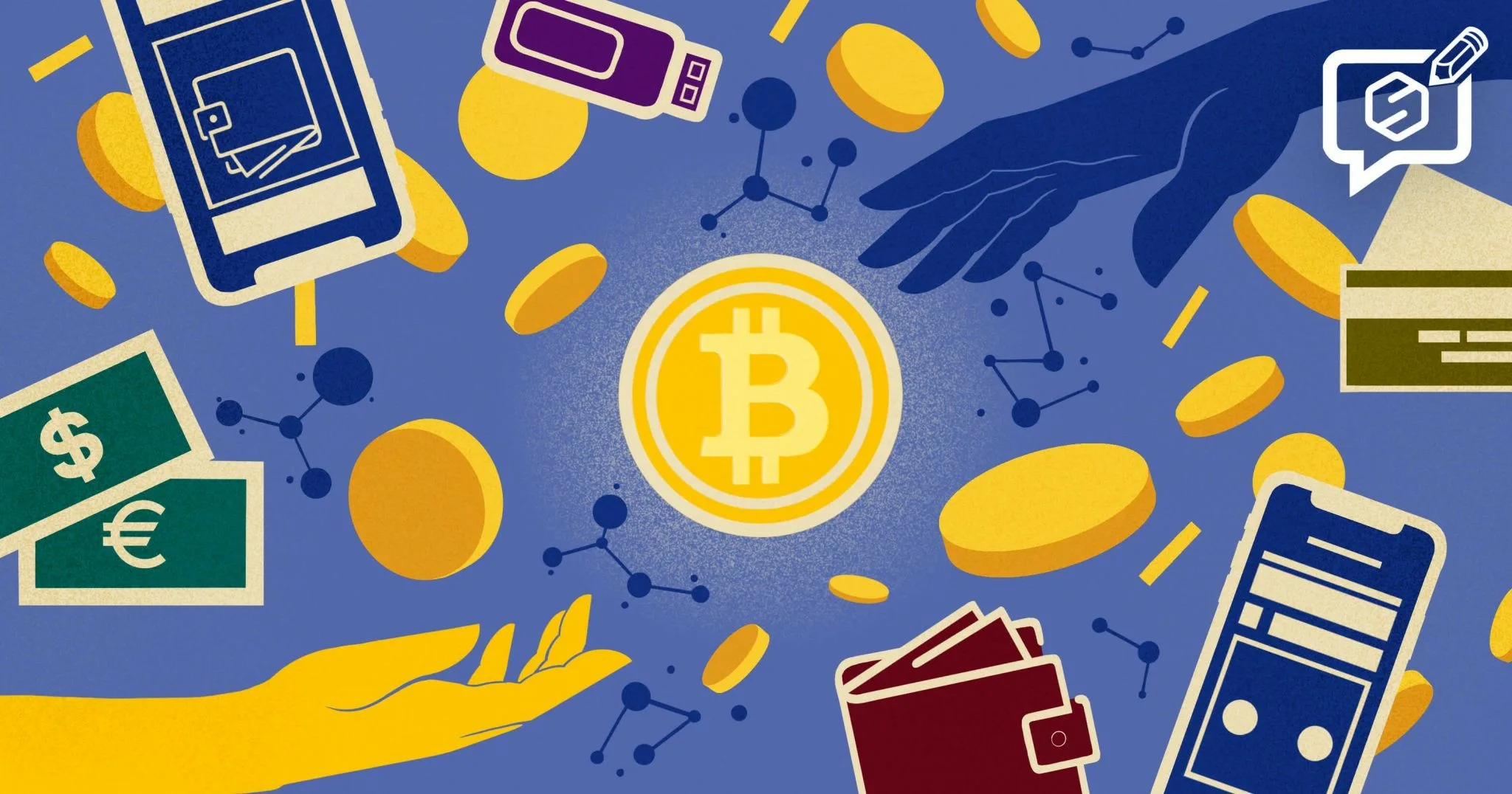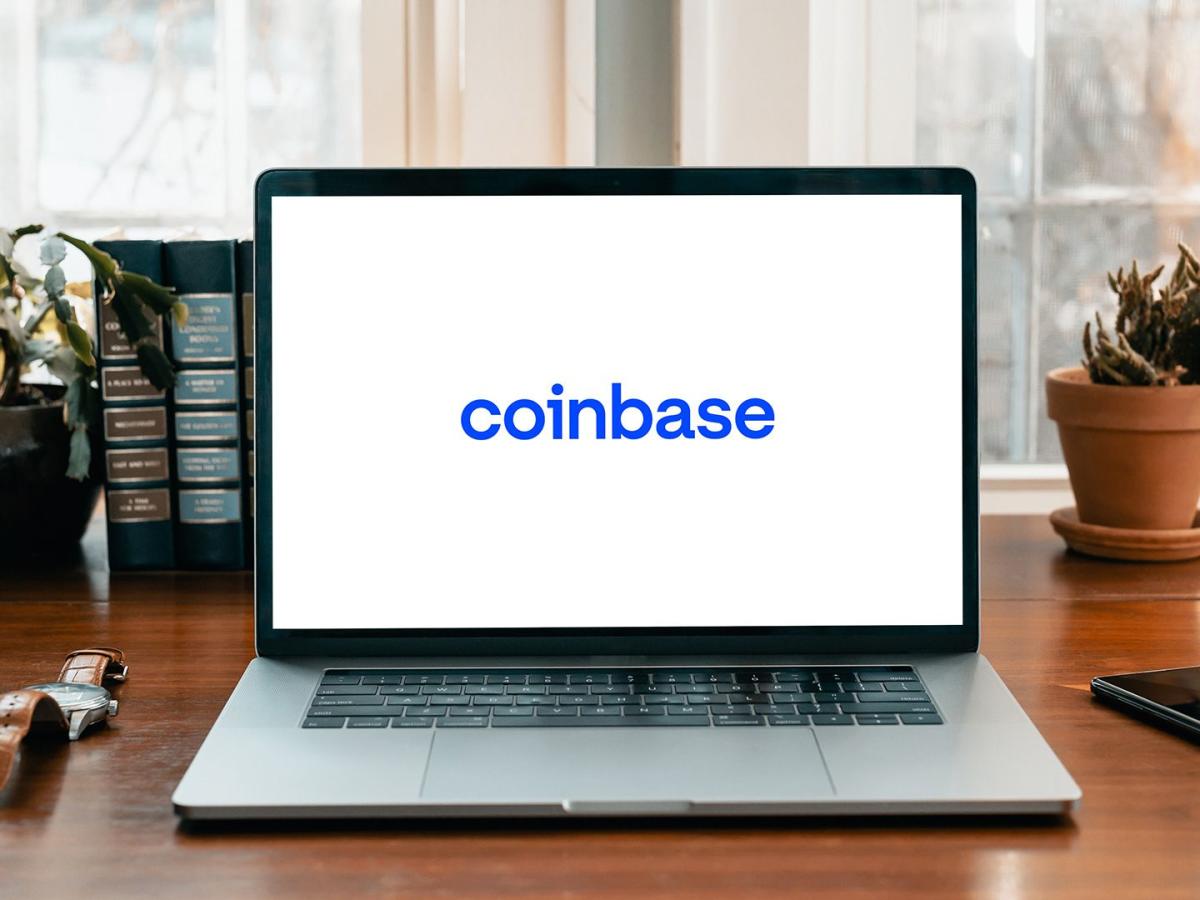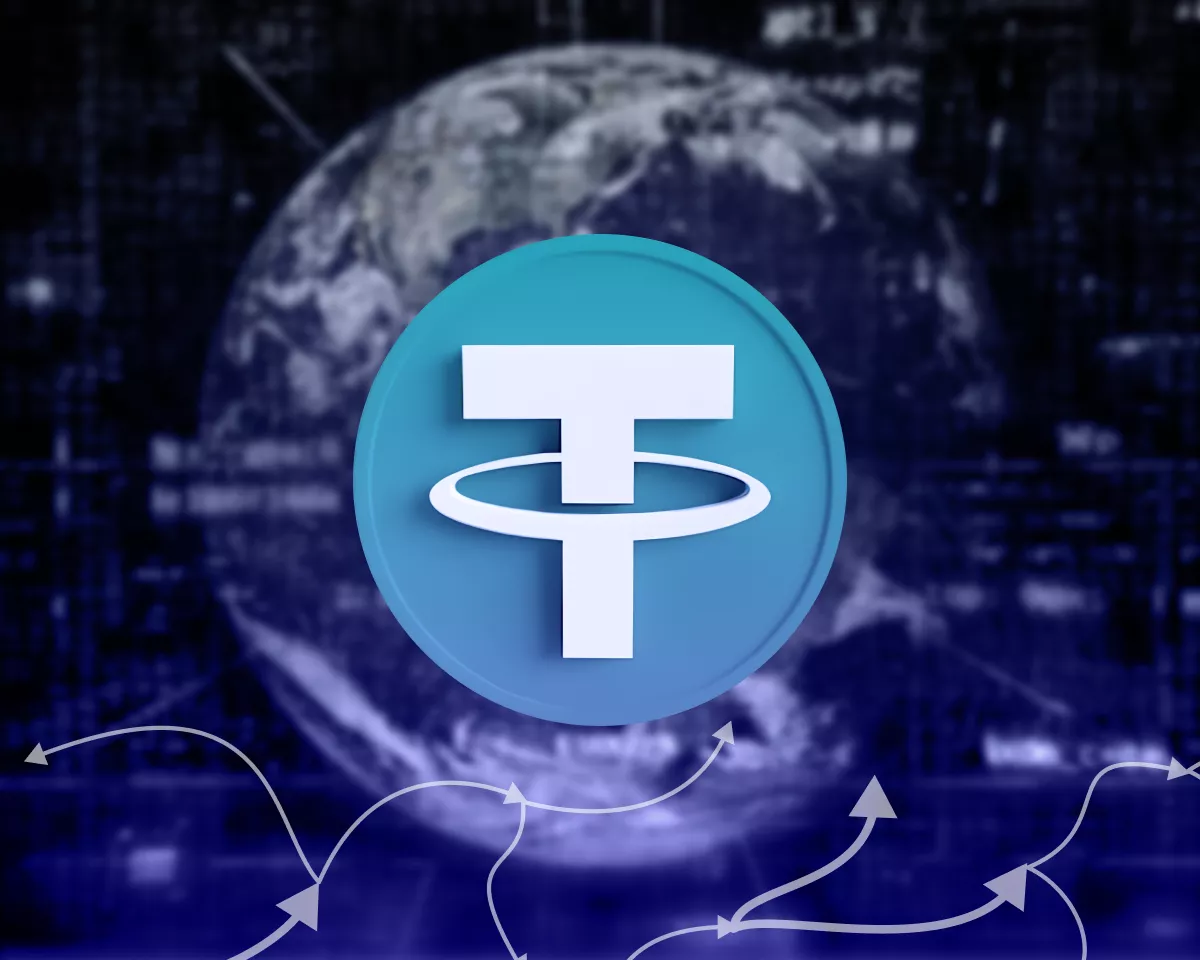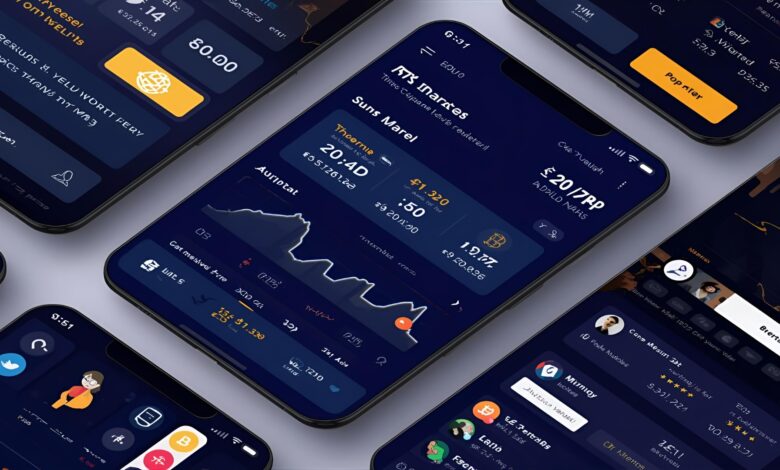
Crypto market apps Your smart guide to safer trading
Discover how crypto market apps work, the features that matter, and how to pick the right one for trading, investing, and DeFi—with security tips.
The world of digital assets moves at a relentless pace, and crypto market apps have become the control centers that keep investors informed and in command. From real-time charts and price alerts to secure wallets, on-chain analytics, and fiat on-ramps, the best apps compress an entire trading desk into your pocket. Yet not all crypto apps are created equal.
Some shine at advanced order types and liquidity, others excel at portfolio tracking, staking, and DeFi connectivity, and a few emphasize bank-grade security and KYC/AML compliance. Choosing well can improve execution quality, reduce fees, and minimize risk, while a poor choice can lead to slippage, missed signals, or even compromised funds.
This in-depth guide explains what crypto market apps are, how they work, which features truly matter, and how to match an app to your goals—whether you are day trading, building a long-term portfolio, or exploring Web3.
Along the way, you will learn about custodial vs non-custodial wallets, the importance of two-factor authentication, how to read order books, and what “smart order routing” means for your bottom line. By the end, you will be equipped to evaluate apps with confidence and use them to navigate volatile markets more safely and efficiently.
What are crypto market apps
Crypto market apps are mobile or desktop applications that let you buy, sell, track, and manage cryptocurrencies like Bitcoin, Ether, and thousands of altcoins. Most combine trading interfaces, real-time market data, news feeds, and wallet functionality in one place. Some are tied to centralized exchanges and function as gateways to liquidity pools, while others are self-custodial Web3 wallets that connect directly to decentralized exchanges, lending protocols, and NFT marketplaces.
Core capabilities in modern apps
At a minimum, a reliable app offers live price charts, depth of market, and the ability to place market, limit, and stop orders. Better apps add price alerts, watchlists, and portfolio P&L with cost-basis tracking, so you can see performance by asset and by time period.
Many also include staking dashboards for proof-of-stake assets, yield modules for DeFi lending, and integrated tax reports that export trade histories to popular filing tools. The strongest suites fold in on-chain analytics, funding rates for derivatives, and sentiment indicators from news and social streams to help traders contextualize price moves.
The different types of crypto market apps
There are four broad categories. Exchange-linked trading apps are tied to a centralized venue and focus on order execution, margin trading, and derivatives such as perpetual futures and options. Non-custodial wallet apps emphasize self-sovereign keys, hardware wallet integration, and DeFi dApps.
Standalone portfolio trackers aggregate balances and trades from multiple wallets and exchanges to give a unified view of your net worth. Finally, research and analytics apps lean into charting, technical indicators, and on-chain metrics such as active addresses or whale flows. Many apps blend these roles, but understanding the emphasis helps you pick the right fit.
How crypto market apps actually work

Behind the clean screens and toggles lies a complex network of data feeds, matching engines, and security controls. Understanding the basics helps you judge reliability and risk.
Market data, APIs, and latency
Apps pull prices through exchange APIs, data aggregators, and sometimes their own market-making operations. Good apps reconcile quotes across venues to reduce outliers and show consolidated order books. Latency matters because fast markets can make stale quotes expensive. Look for low-latency streaming data, websocket connections for tick-by-tick updates, and redundancy so a single provider outage doesn’t freeze your screen.
Order routing and liquidity
When you tap “buy,” the app submits an order to a centralized exchange’s matching engine or signs a transaction that routes to an on-chain automated market maker. Some apps add smart order routing to split large orders across venues or pools for better average price. A solid app explains the venue, maker/taker fees, and potential slippage before you confirm. For derivatives, the app also manages margin, liquidation thresholds, and funding payments in real time.
Wallets, keys, and security layers
For custodial apps, the provider controls private keys and stores assets in cold storage with multisignature approvals. For non-custodial apps, your device holds the keys, usually secured by a seed phrase and optional hardware wallet.
Either way, strong two-factor authentication (2FA), biometric login, and withdrawal whitelists reduce attack surfaces. Look for address-book safeguards, phishing warnings, and transaction simulations that flag risky smart contracts. Transparent security audits and SOC 2 or similar attestations are reassuring signals.
Features that genuinely matter
It’s easy to get dazzled by glossy charts. Focus on the capabilities that improve results and reduce friction.
User experience and accessibility
A clean layout with intuitive navigation is not just pleasant—it reduces mistakes. The best crypto market apps let you switch seamlessly between spot, derivatives, and earn sections, surface critical risk info near the trading ticket, and make it effortless to set take-profit and stop-loss orders.
Support for fiat deposits via bank transfer, card, or local payment rails makes onboarding smoother, as do instant withdrawals to linked bank accounts or stablecoins. Global users benefit from multi-language interfaces and 24/7 chat support.
Advanced charting and analytics
Serious traders need robust technical analysis tools: multiple timeframes, drawing tools, custom indicator overlays, and data like open interest and liquidation heatmaps for futures. Long-term investors benefit more from on-chain fundamentals—staking participation, supply distribution, and gas fees—to gauge network health. A standout app lets you create custom alerts not only for price levels but also for metrics like RSI, moving averages, or funding rate flips.
Research and education
Given crypto’s complexity, in-app research and explainers help prevent costly errors. Quality apps embed primers on wallet backups, DeFi risks, and stablecoin mechanics, plus tokenomics breakdowns for new listings. The best include risk disclaimers that go beyond boilerplate, with realistic scenarios showing how leverage, impermanent loss, or smart-contract bugs can affect outcomes.
Automation and portfolio management
Automation is a differentiator. Dollar-cost averaging (DCA) bots buy on a recurring schedule. Rebalancing tools keep your allocation aligned as markets move. Copy trading mirrors strategies from vetted traders, while grid and TWAP/VWAP algorithms can smooth entries. For investors juggling multiple venues, read-only API connections pull balances and trades into a unified crypto portfolio tracker with performance attribution and tax-lot accounting.
Security and compliance considerations
Security is a shared responsibility between you and your app provider. Compliance is increasingly non-negotiable, especially for fiat ramps and derivatives.
Custodial vs non-custodial
Custodial apps handle keys and custody, offering convenience, institutional-grade cold storage, and instant cross-product transfers. The trade-off is counterparty risk and potential withdrawal limits during stress. Non-custodial apps put you in control with seed phrases and hardware wallet options. There is no help desk to recover lost keys, so operational discipline is vital. A hybrid approach is common: use a reputable custodial app for frequent trading and a cold wallet for long-term storage.
KYC/AML and regional rules
Most centralized apps require Know Your Customer verification to comply with anti-money-laundering rules, enabling larger limits and fiat access. Derivatives may be restricted in certain jurisdictions, and some tokens are off-limits depending on local securities guidance.
A trustworthy app is upfront about geographic availability and regulatory status. Verify whether the provider operates under a money services license or virtual asset framework in your region.
Matching an app to your goals
The right crypto market app depends on how you participate in the market and what you value most.
If you trade intraday
Day traders need fast data, deep liquidity, and precise order controls. Prioritize apps with Level II order books, configurable hotkeys on desktop, and post-only and reduce-only flags. Real-time PnL by position, risk dashboards, and liquidation alerts are essential for leverage. Fee tiering that rewards higher volume can materially improve profitability, and API stability matters if you connect third-party charting or bots.
If you invest for the long run
Long-term investors want intuitive dashboards that model time-weighted returns, track cost basis, and provide tax documents. They benefit from recurring buys, auto-staking where appropriate, and cold-storage sweeps to reduce custodial exposure. Research quality matters more than micromillisecond speed; look for thoughtful market outlooks, on-chain fundamentals, and education that demystifies risk.
If you explore DeFi and Web3
Web3 users need non-custodial apps with DApp browsers, token approval managers, and transaction simulators to preview slippage and MEV risk. Custom networks, NFT galleries, and gas fee controls are important, as are integrations with hardware wallets for large transactions. Prioritize apps that highlight contract risks clearly and support revoking allowances with a few taps.
Advanced tools you will see across top apps
The leading crypto market apps keep expanding beyond basic spot trading. Understanding these tools safeguards you from surprises.
Derivatives and structured products
Futures and options enable hedging and leverage but introduce funding payments, liquidations, and greeks. Apps that visualize your risk curve, show break-even points, and simulate scenarios at different volatilities make options less opaque. Structured products like range accruals or dual-currency notes promise yield in sideways markets; ensure the app explains payoff diagrams and settlement risks before you commit.
Staking, earn, and lending
Many apps pay yield for delegating assets to validators or for lending to margin markets. Understand whether the yield comes from protocol rewards, borrower interest, or marketing incentives. Good apps reveal lock-ups, slashing risk for certain networks, and your estimated APY net of fees. Withdraw policies, unbonding periods, and compounding frequency should be plainly stated.
Social and copy trading
Social features let you follow traders, view verified track records, and clone strategies. The best guard against cherry-picking by showing risk-adjusted returns and maximum drawdown, not just headline gains. Transparent fee splits and the ability to set guardrails like per-trade caps and max daily loss help you control exposure.
Bots and rules engines
Rules-based bots can execute DCA, grid, or breakout strategies around the clock. Choose apps that support robust backtesting with realistic slippage and fee assumptions. A clear kill switch, alerting, and audit trails reduce the chance of runaway behavior if conditions change.
Also read: FUD in Crypto How Fear, Uncertainty & Doubt Affect Markets
Costs, fees, and the hidden price of trading

Fees are not only about the explicit commission. The spread between bid and ask, plus price impact, often dwarfs posted fees during volatile periods. Apps with deeper liquidity and smarter routing reduce effective cost. For derivatives, financing and funding rates add a carry cost to positions. When using DeFi, gas fees can vary dramatically; apps that surface live estimates and suggest optimal times or batching can save meaningful amounts. If an app offers “zero-fee” trading, examine the execution quality, where monetization may occur via wider spreads or payment for order flow analogs.
Common mistakes to avoid
New users often skip security basics, trade from emotional impulse, or chase every new token without research. Avoid reusing passwords and always enable 2FA with an authenticator app, not SMS alone. Be skeptical of unsolicited airdrops and links, even if they appear inside an app’s community channels. Resist over-reliance on leverage; volatile markets can liquidate positions in moments. Finally, avoid confining your entire stack to one venue. Maintaining a cold storage tier for long-term holdings and a smaller hot wallet for active trading balances risk and convenience.
Setting up a crypto market app the right way
A thoughtful setup reduces friction later. Start by verifying that the app is officially published by the provider, then enable biometric login and configure 2FA on first launch. If the app is custodial, complete KYC promptly to unlock higher limits and withdrawal options. If it’s non-custodial, write down your seed phrase offline, store it redundantly, and test recovery with a small sum before depositing meaningful funds. Connect a hardware wallet if available for larger holdings. Next, add a small deposit, practice placing limit and stop orders, and set price alerts for assets you care about. Build watchlists and calendar reminders for network events, token unlocks, and macro catalysts. Finally, integrate tax reporting by connecting APIs or exporting CSVs so you do not scramble during filing season.
How to evaluate an app’s trustworthiness
Trust is earned, not assumed. Look for published security audits, bug bounty programs, and a track record of transparent incident reporting. Scrutinize the team’s public communication and frequency of updates; apps that push regular security patches and changelogs show operational maturity. Review custody arrangements—does the provider name reputable custodians or insurance partners, or are details vague? Test customer support with a simple ticket to evaluate responsiveness before you need urgent help. Examine the permissions an app requests on your device and revoke anything that seems unnecessary.
Accessibility and inclusivity in crypto apps
The best crypto market apps are designed for everyone, not only experts. Clear typography, high-contrast modes, and screen reader compatibility make a tangible difference. Local currency displays, rounded purchase amounts, and contextual help can lower the learning curve. Transparent fees and plain-language explanations of complex products reduce the risk of misunderstandings. These user-centric touches are not cosmetic; they are safeguards that empower better decisions and healthier financial outcomes.
The future of crypto market apps
As the industry matures, apps will look more like super-apps that blend centralized liquidity with self-custody rails. Expect account abstraction to simplify wallet management so users do not juggle seed phrases. Layer-2 networks will continue to cut gas fees and enable near-instant settlement, making on-chain trading feel as fluid as centralized venues. Regulatory clarity in major jurisdictions will standardize disclosures, segregate client assets, and raise security baselines. AI will personalize dashboards, surface anomaly detection, and automate routine maintenance like rebalancing or risk alerts. Apps that combine compliance, privacy, and composability will become the default gateways to digital markets.
Conclusion
Crypto market apps have evolved from simple tickers into powerful platforms for trading, investing, and Web3 exploration. The right app gives you real-time data, meaningful analytics, secure custody or self-custody, and tools that match your style—whether you manage positions by the minute or accumulate for the long term.
Focus on execution quality, security practices, transparent fees, and educational resources rather than superficial features. Pair your app with disciplined risk management and cold storage for long-term assets, and you will be well positioned to navigate crypto’s volatility with far more confidence.
FAQs
What is the difference between a crypto market app and an exchange?
A crypto market app is the interface you use to access markets, data, and wallet features, while an exchange is the venue that matches buy and sell orders. Many apps are built by exchanges, but others are independent portfolio trackers or non-custodial wallets that connect to multiple venues, including decentralized exchanges.
Are custodial crypto market apps safe to use?
Reputable custodial apps can be secure when they employ cold storage, multisig, and independent audits, but they still carry counterparty risk. Minimizing the balance you keep on custodial platforms and sweeping long-term holdings to a hardware wallet offers a prudent balance between convenience and safety.
How do price alerts in crypto apps work?
Price alerts monitor live data streams and notify you when an asset crosses a threshold or triggers a technical signal. Useful alerts include support/resistance levels, percentage moves over a period, and indicator-based triggers like RSI or moving average crossovers. Configurable alerts help you react quickly without staring at charts.
What fees should I expect when using crypto market apps?
Expect maker/taker trading fees, spreads between bid and ask, and potential network costs such as gas fees for on-chain transactions. Derivatives add funding payments or financing charges. Some apps advertise zero fees but monetize via wider spreads, so review execution quality and total cost.
Can I use one app for everything?
It is possible, but many experienced users combine a few specialized tools: an exchange-linked app for liquid spot and derivatives, a Web3 wallet for DeFi, and a crypto portfolio tracker for consolidated analytics and tax exports. Diversifying tools reduces single-point risk and can improve overall results.
